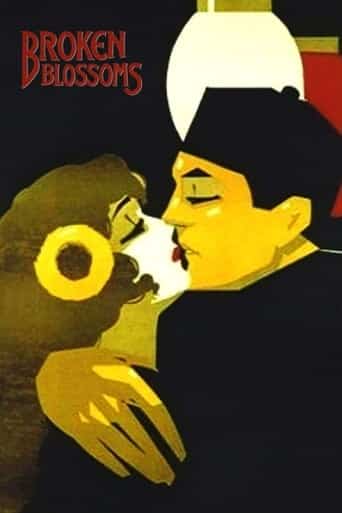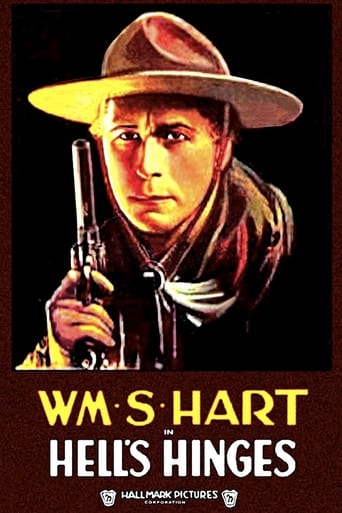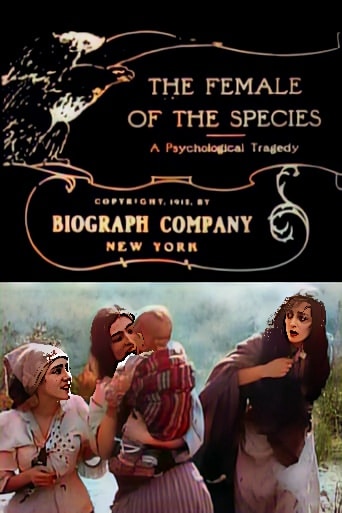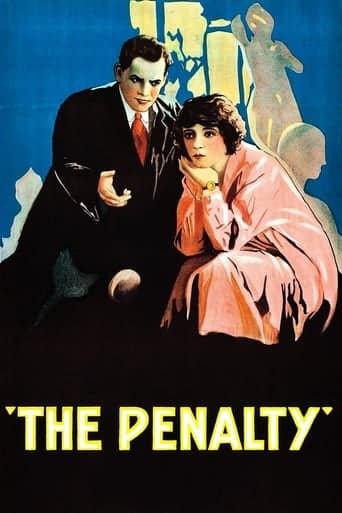Broken Blossoms (1919)

 “Broken Blossoms,” directed by D.W. Griffith and released in 1919, is a silent drama film that explores themes of love, sacrifice, and the harsh realities of life in a Chinatown district of London.
“Broken Blossoms,” directed by D.W. Griffith and released in 1919, is a silent drama film that explores themes of love, sacrifice, and the harsh realities of life in a Chinatown district of London.
The film is notable for its emotional depth, superb performances, and innovative cinematic techniques, all of which contributed to its enduring legacy in the world of cinema.
The story revolves around the character of Cheng Huan, portrayed by Richard Barthelmess, a kind-hearted and gentle Chinese man who has come to London to spread the teachings of Buddha. In the oppressive and crime-ridden environment of Limehouse, Cheng Huan encounters a young woman named Lucy Burrows, played by Lillian Gish, who is suffering at the hands of her abusive and alcoholic father, Battling Burrows, portrayed by Donald Crisp.
Cheng Huan, who goes by the name “The Yellow Man” in the film, becomes infatuated with Lucy and offers her a glimmer of hope and tenderness in her otherwise grim existence. As their friendship blossoms into a deep and sincere love, the film takes a poignant turn. However, their love is challenged by the harsh realities of the world they inhabit.
“Broken Blossoms” is celebrated for its emotional and nuanced performances, especially Lillian Gish’s portrayal of Lucy. Her ability to convey a wide range of emotions, from vulnerability to joy, captures the hearts of the audience. Richard Barthelmess’ gentle and empathetic portrayal of Cheng Huan adds depth to the film’s narrative and showcases the themes of love and compassion.
D.W. Griffith, the director of the film, was a pioneering figure in the early years of American cinema, known for his innovative storytelling techniques. “Broken Blossoms” is no exception, as Griffith employed various cinematic innovations, such as the use of soft-focus cinematography and close-ups, to intensify the emotional impact of the story.
One of the film’s most poignant scenes involves a beautiful and delicate dream sequence that illustrates Lucy’s escape from the harsh reality of her life. The dream sequence showcases Griffith’s innovative use of lighting and set design to create a visually stunning and emotionally charged moment.
“Broken Blossoms” also tackles issues of racism and xenophobia, highlighting the challenges that Cheng Huan faces as a Chinese man in a hostile and prejudiced society. The film’s social commentary is embedded in its narrative, shedding light on the harsh treatment of immigrants and the struggles of marginalized communities.
In conclusion, “Broken Blossoms” is a silent drama that continues to be celebrated for its emotional depth, exceptional performances, and innovative cinematic techniques. The film’s exploration of love, sacrifice, and the harsh realities of life in a oppressive environment has secured its place as a timeless classic in the history of cinema. It serves as a testament to the talent of the cast and crew, as well as D.W. Griffith’s visionary direction and his contributions to the art of filmmaking.
Release Date: May 13th, 1919
Main Cast Members
Lillian Gish (Lucy Burrows)
Richard Barthelmess (Cheng Huan)
Donald Crisp (Battling Burrows)
Edward Peil Sr. (Evil Eye)
George Beranger (The Spying One)
Norman Selby (A Prizefighter)




